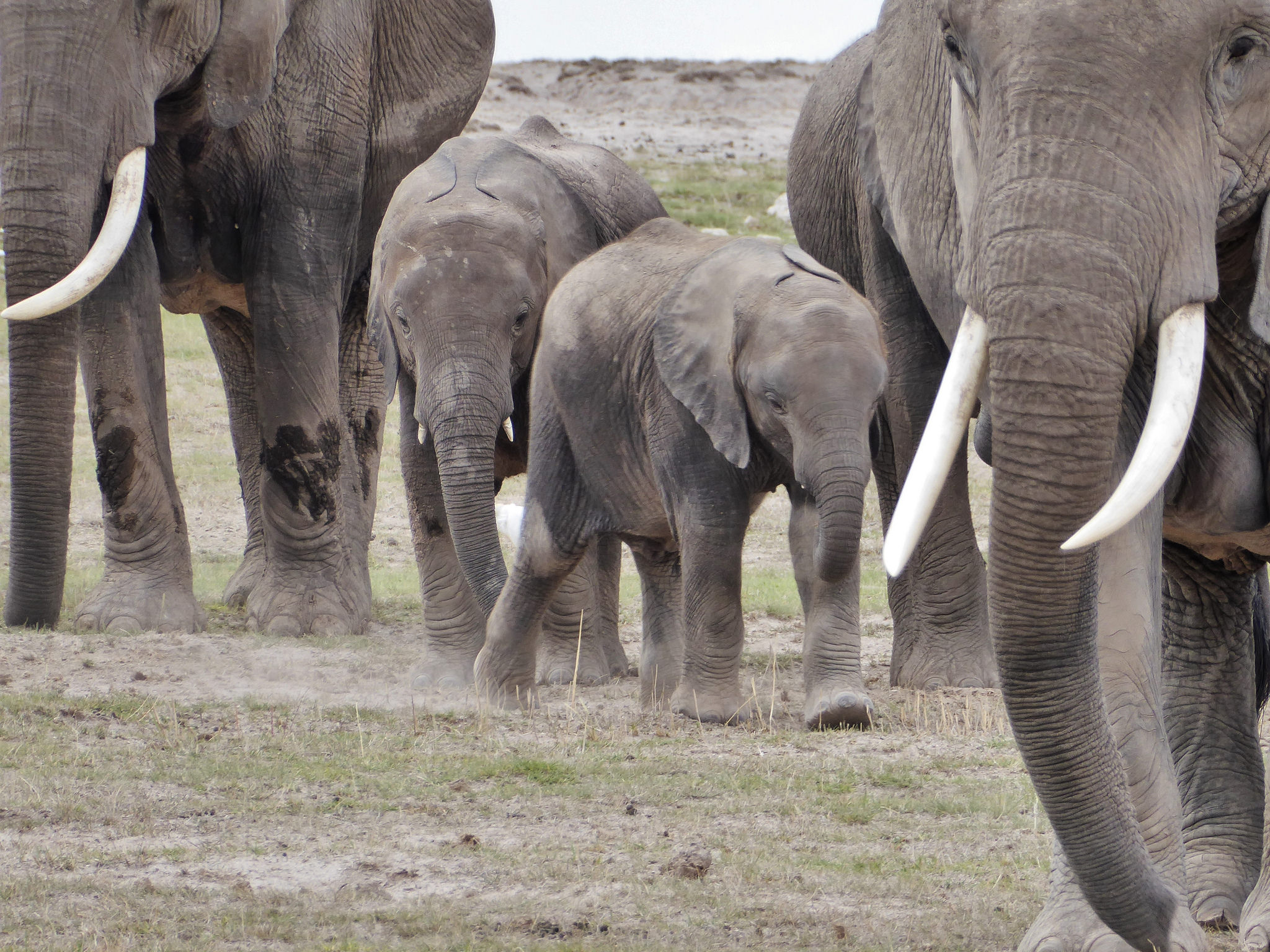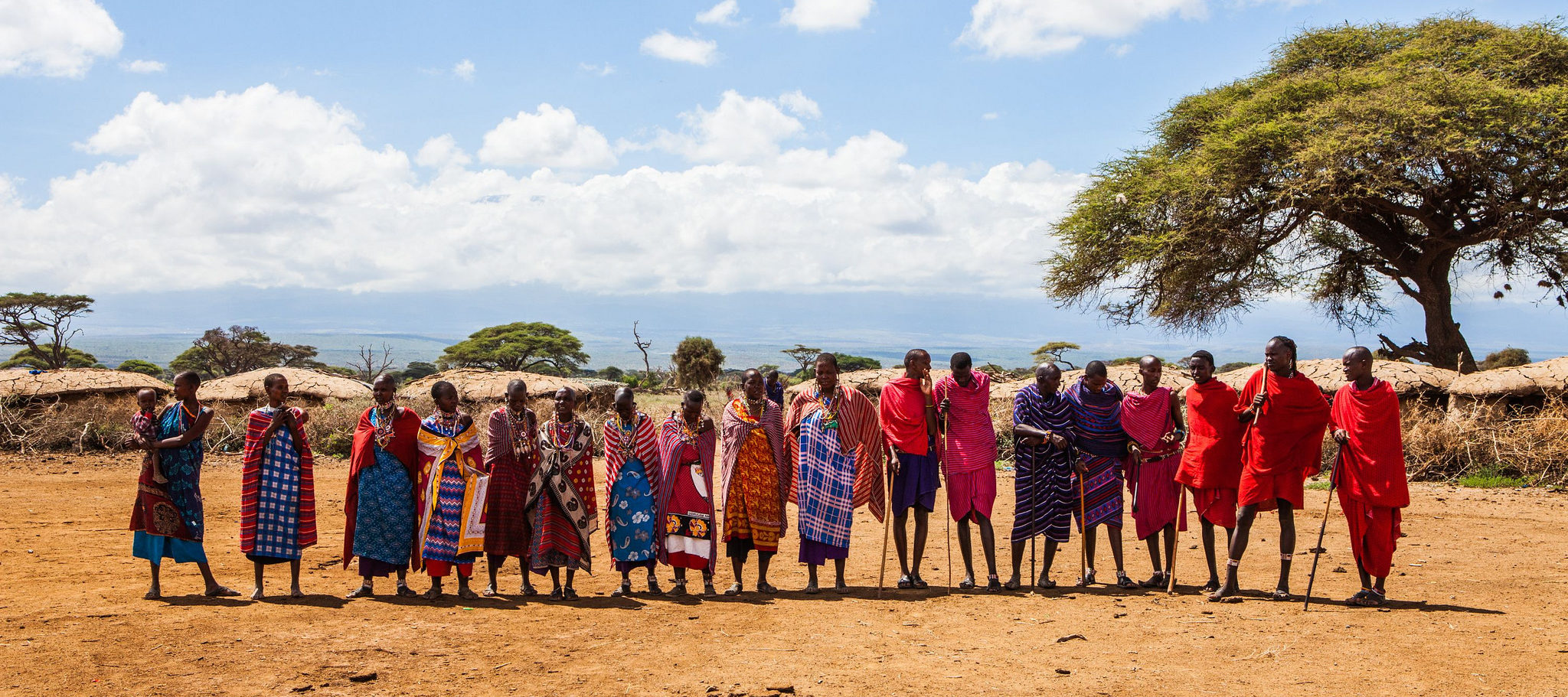Sometime during the evening of January 12, seven elephants were killed near Porka Village in Kenya’s Kajado County. The specifics remain unclear, but reports indicate that the killings were driven not by the illicit market for ivory but by a crisis of habitat loss and related human-wildlife conflict that is claiming the lives of both people and elephants. The situation is now dire enough that Kenya’s Environment Cabinet Secretary was recently quoted raising concerns that the East African nation, lauded by animal rights activists for its 30-year ban on hunting, is running out of wildlife habitat as wildlands are converted to agriculture and other uses that are more economically beneficial to the rural poor.
For conservationists, Kenya’s habitat crisis is an unwelcome realization of decades of warnings from the hunting industry. They cautioned of the damaging consequences that would result if Africa’s emerging economies abandoned holistic conservation programs that include hunting and other sustainable practices that create economic incentives to conserve land and wildlife. Whether the crisis can be ended, and whether Kenya will be able to conserve wildlife at the scale it once did, remains to be seen. But it is certain that the role of hunting and other sustainable uses of biodiversity will be a critical part of any potential solution.
Forty-seven percent of Kajado County’s roughly 800,000 people, mostly Maasai, live below the poverty line. The proportion is surprising considering the county includes Amboseli National Park. The park, managed by the Kenya Wildlife Service, receives some 120,000 annual visitors, making it one of the most popular photo tourism areas in Africa. As noted in a 2017 study published by the International Journal of Development Dialogue, the majority of the revenue generated by the park is allocated to the central government, foreign tour operators, and travel agents. Little if any finds its way to the people who make their living on the park’s periphery and who must live with the elephants, lions, and other dangerous wildlife that roam back and forth across the imaginary line that forms the park’s boundary.
Living with elephants, lions, and other big-game animals is not always painless. Following the elephant killings outside of Porka Village, Kajado Governor Joseph Ole Lenku told reporters that elephants had killed 37 people in the county during the past year. One was a 3-year-old boy who was trampled to death in March after a herd charged his family while they were walking home from church. The Kenya Wildlife Service was slow to respond to the killing, but members of the boy’s community were not. They attacked a group of elephants with spears, killing two, according to the Eseriani Wildlife Association, a Kenyan NGO working to prevent human-wildlife conflicts.
As reported last September in Kenya’s The Daily Nation, Governor Ole Lenku placed some of the blame for the revenge killings on the inability of local herders to benefit from the wildlife that preys on their livestock and competes with it for forage. He also laid blame on the failure of the Kenya Wildlife Service to share any revenue generated by wildlife tourism with communities around the national park, even though such revenue sharing is required by law. “We the people of Kajiado are today issuing an ultimatum,” Governor Ole Lenku said at the time. “It is either we benefit from the wildlife that live in our ranches or we do away with the [wild animals.]”
The same newspaper report stated that the governor also threatened to organize community groups to kill wild animals to provide food for the poor if the Kenya Wildlife Service refused to share revenue generated by wildlife tourism:
Kajiado and Narok are the only counties that allow wild animals to live in their farms with zero benefits to the people. … [Kenya Wildlife Service] have been going around using helicopters killing our livestock and harassing the young men looking after the animals. We are telling them to get their animals out of our ranches or we start killing them for food. … Our people have borne the brunt of human-wildlife conflict for a very long time. People have lost lives while others have been maimed by wild animals, yet we get nothing for keeping these animals in our lands.
The ongoing situation in Kajado County highlights the unsustainable nature of the preservationist model Western conservationists have supported in Kenya for decades. With Kenya’s Environment Cabinet Secretary sounding the alarm over habitat loss, the time is right for Kenya to avert ecological disaster by embracing a holistic approach that considers landscape-scale conservation, markets, and human needs. The United States, a key ally of the Kenyan government that has invested more than $18 million in aid in the Kenya Wildlife Service since 1992, is uniquely positioned to offer such a helping hand if Kenya desires one.
The ongoing situation in Kajado County highlights the unsustainable nature of the preservationist model Western conservationists have supported in Kenya for decades.
One of the key topics of any dialogue would be the devolution of ownership over wildlife from the federal level to the community one. Such a move could build on Kenya’s pre-existing Community Wildlife Service, which facilitates community participation in wildlife management activities outside of protected areas. A devolution effort could also benefit from recently established Community Wildlife Conservancies, which are intended to promote socio-economic development around wildlife. Giving participants clear property rights to manage wildlife in their areas would give them a direct investment in conservation outcomes. It would also allow for management decisions that more effectively avoid human-wildlife conflicts, and it would streamline revenue disbursement by removing the Kenya Wildlife Service from the equation.
Similarly, allowing for individual ownership of wildlife has the potential to spark a renaissance of habitat and species conservation as witnessed in South Africa. After landowners there realized that ranching game animals generated more revenues than livestock, conservation thrived. The nation’s success in restoring the southern white rhino and other species can be replicated in Kenya if the legal barriers to doing so are removed.
Finally, while hunting remains politically controversial in Kenya, it is not without its supporters. Kenyan landowners have made multiple efforts to overturn the hunting ban since it was instituted in 1977. The country’s general reluctance to embrace hunting makes it a prime candidate to host pilot programs designed to demonstrate best management practices as defined by conservation scientists who share that reluctance but have not written off hunting as a conservation tool entirely. In doing so, Kenya could set a practical and effective example for other African nations to follow as they work to improve their own hunting programs.
There are few things as regrettable as extinctions that could be avoided and cries of human suffering left unanswered. By adopting market-based approaches to wildlife conservation, Kenya could improve the lives of its people and secure a healthy, sustainable future for its wildlife.
[newsletter id=”4″ title=”Sign Up for Our Newsletter”]





